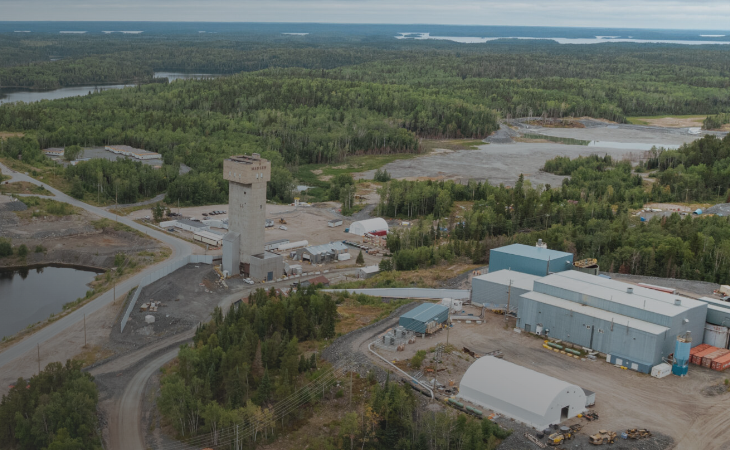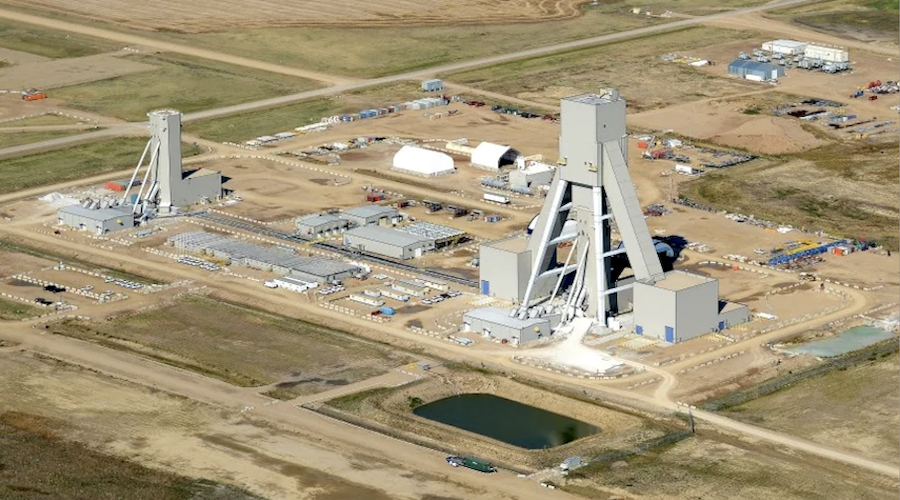ALBERTA – The Government of Alberta approved an environmental plan for the Lower Athabasca Region in 2012, and has now issued the companion document, Tailings Management Framework for the Mineable Athabasca Oil Sands. The goal is to allow oil sands producers to flourish (notwithstanding today's low oil prices) while maintaining the environment.
Existing provincial laws and policy will remain in place, but now there are additional requirements to monitor and manage the long term fluid tailings accumulation and reclamation of the landscape.
New regulations are intended to reduce the accumulation of tailings fluids (think slimes) and ensure that they are treated and reclaimed progressively during the life of a project. An operator – of either new or legacy mines – will have a 10-year window at the end of a mine's life to prepare all tailings for reclamation.
None of this would have been possible 40 or even 20 years ago. Only recently have operators developed effective means of treating fines in oil sands tails. Slimes are notoriously difficult to separate from the liquid portion, filling ponds and requiring ever expanding management areas. Only in the last five years have new methods of settling slimes been created – the TRO™ tailings management process developed by Suncor – to significantly speed up the drying time of the fine particles. But Suncor only got this far by collaborating with a large number of other producers, universities, government departments, and associations.
The government's Framework document goes on to draw on every currently popular buzz word in the business lexicon – decrease risk, holistic approach, innovation, flexibility, adaptability, transparency, shared responsibility, clear communications, shared responsibility, performance indicators, and more.
And in typical bureaucratic fashion, oil sands miners must file new reports with the province. Existing mines will have to establish an "end of mine life target", outlining the volume of fluid tails they will reclaim within 10 years of the end of bitumen mining. This requirement applies to new mines, too. And they will have to propose an "total volume limit", a number the provincial authorities will use to determine if the amount of liquid tails exceeds what an operator can reclaim within the time limit after mining.
Alberta's Tailings Management Framework for the Mineable Athabasca Oil Sands outlines how these limits are to be set and the thresholds that may trigger government intervention, in other words the nuts and bolts of applying the Framework.
Readers who have an interest in the oil sands should download a copy of the Framework at http://esrd.alberta.ca/focus/cumulative-effects/cumulative-effects-management/management-frameworks/documents/LARP-TailingsMgtAthabascaOilsands-Mar2015.pdf.





Comments